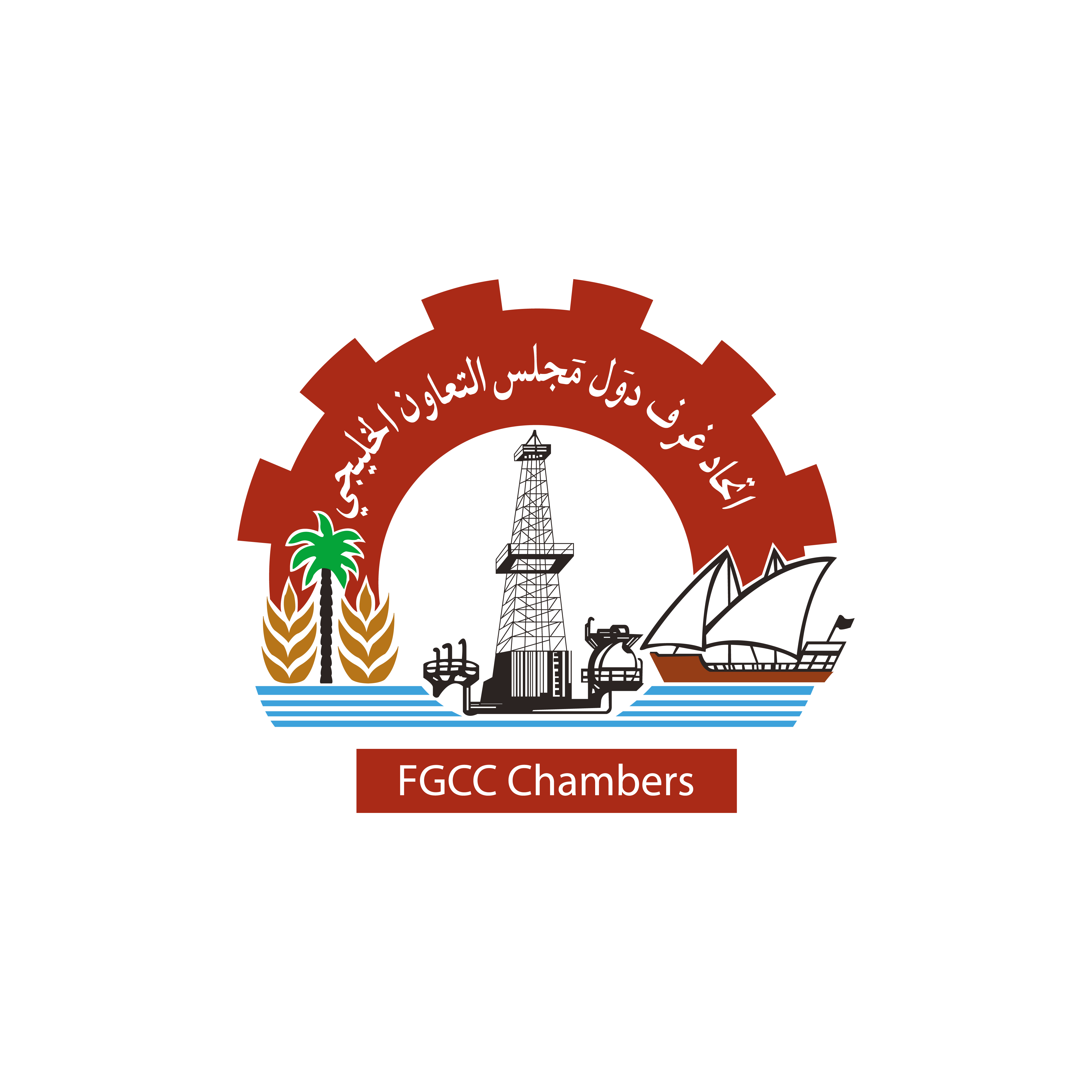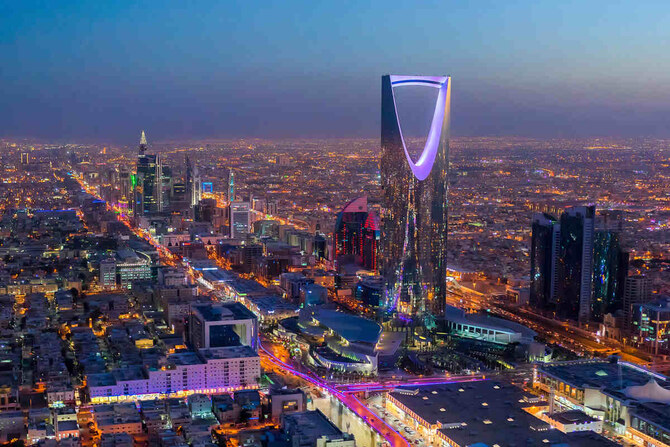Saudi Arabia’s net foreign direct investment saw a quarter-on-quarter rise of 37 percent in the three months to the end of September, according to the General Authority of Statistics.
Data released by the organization showed that the figure – which reflects the net investment gain for the Kingdom after accounting for both inbound and outbound activities – reached SR16 billion ($4.27 billion) over the period.
The surge was primarily attributed to a significant decline in FDI outflows, which dropped by 74.36 percent during this period to reach SR2 billion.
Meanwhile, FDI inflows, reflecting the investments received by Saudi Arabia, declined by 7.22 percent to SR18 billion.
The Kingdom has implemented significant regulatory reforms over the past two years to bolster foreign direct investment and foster economic diversification under Vision 2030.
The recent regulatory advancements underscore its commitment to positioning itself as an attractive destination for international investors.
These reforms, along with strategic investments in giga-projects like NEOM, align with Saudi Arabia’s Vision 2030 goals of attracting $100 billion in annual FDI and raising its contribution to gross domestic product to 5.7 percent by 2030.
The latest figures are calculated using a new methodology introduced by the Ministry of Investment in October.
The updated approach aligns with the International Monetary Fund’s sixth edition of the Balance of Payments Manual, providing enhanced transparency and accuracy in tracking cross-border transactions.
By focusing on innovation, enhancing global competitiveness, and modernizing its legal framework, the Kingdom continues to signal its openness for business and its readiness to engage with the international investment community.
Key regulatory changes include introducing a new investment regulation, amending the labor decree, and updating the laws governing companies and civil transactions.
Together, these initiatives are designed to reduce barriers to entry for foreign businesses, protect investor rights, and align legal frameworks with international standards.
The updated law replaces the foreign licensing system with a streamlined register managed by the Ministry of Investment.
It ensures equal treatment for Saudi and foriegn investors while enhancing protections against expropriation and safeguarding intellectual property rights. This simplification is expected to attract more FDI and boost stakeholder confidence.
According to a study by PwC in August, the amendments to the labor law align with global practices, offering improved benefits such as extended maternity and paternity leave, as well as bereavement leave.
Other updates address probation periods and dispute resolution mechanisms, reducing administrative burdens and fostering stronger employer-employee relationships.
In November, the Saudi Cabinet, chaired by Crown Prince Mohammed bin Salman, approved key measures to boost FDI and enhance international economic engagement.
Among these was the approval of the national general framework and guiding principles for such funding, aimed at fostering stronger ties with global organizations.
FDI inflows reached SR96 billion in 2023, a 50 percent annual increase.
The Cabinet also endorsed agreements to strengthen regional and international cooperation, including a tax treaty with Qatar to avoid double taxation and an aviation and space exploration framework with the US.
Additionally, the Kingdom joined the Cement and Concrete Breakthrough Initiative, reinforcing its sustainability and climate goals.
Domestically, the Cabinet highlighted advancements in tourism, with Saudi Arabia climbing 15 places in global tourist revenue rankings since 2019, and commended progress in economic collaboration with India in areas like technology, infrastructure, and sustainable transportation.
The session also reaffirmed the nation’s commitment to regional peace, global health initiatives, and economic diversification.



